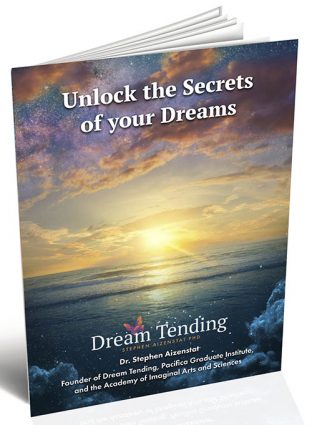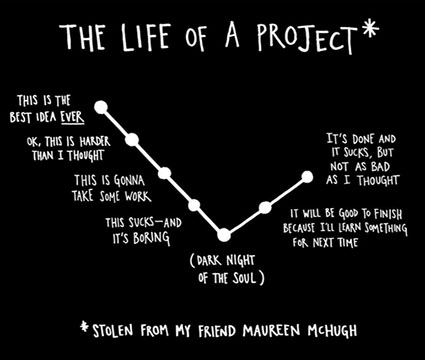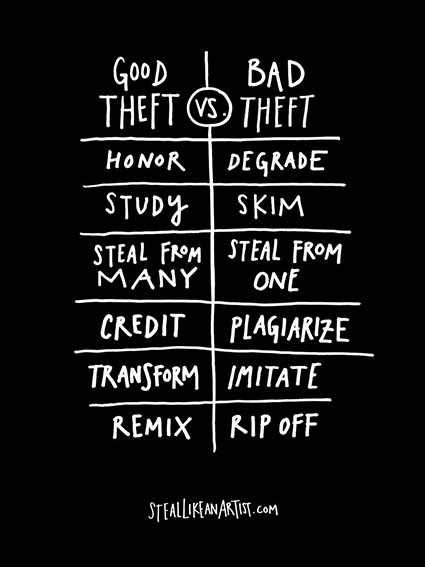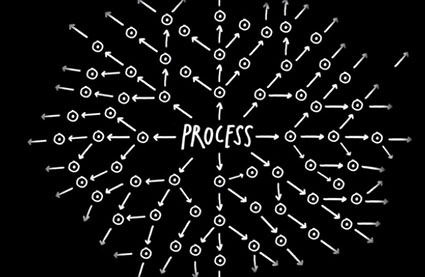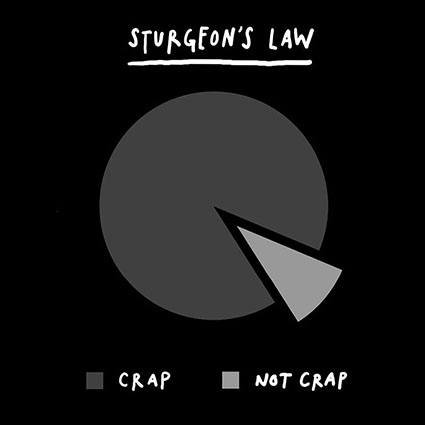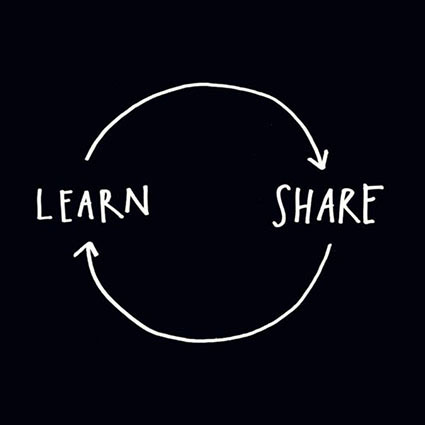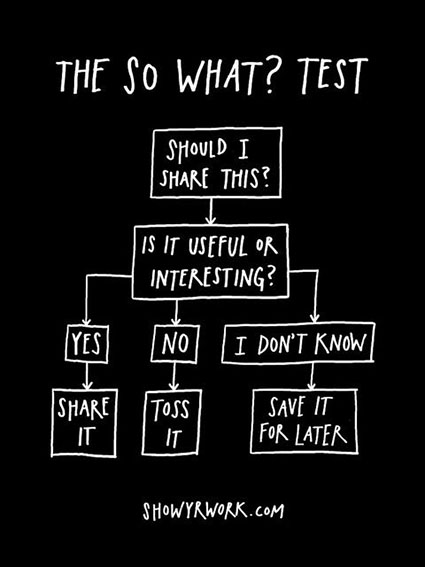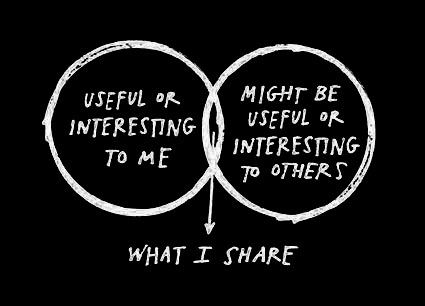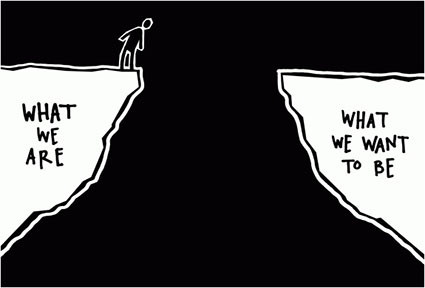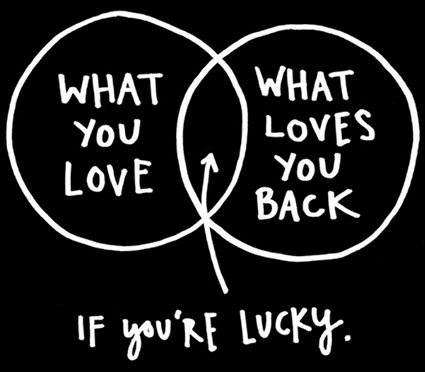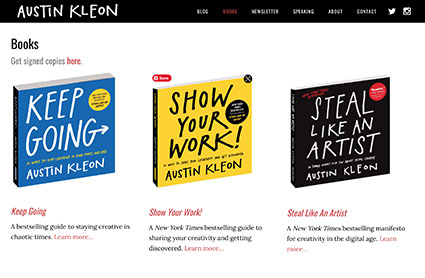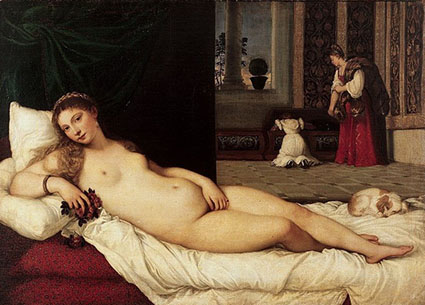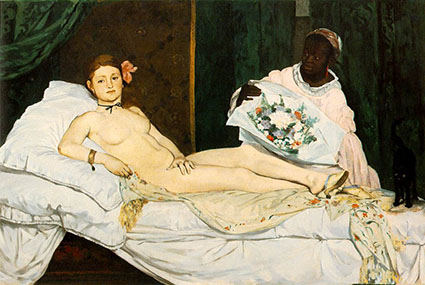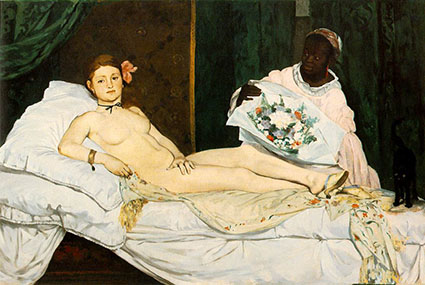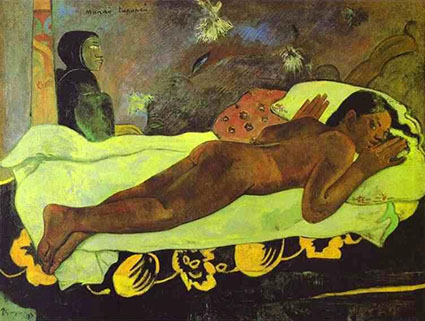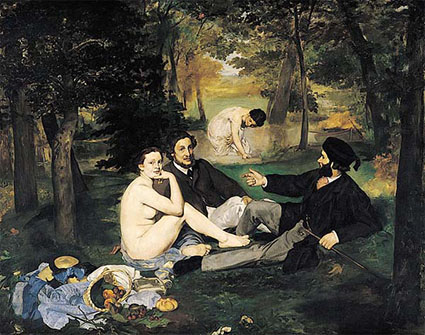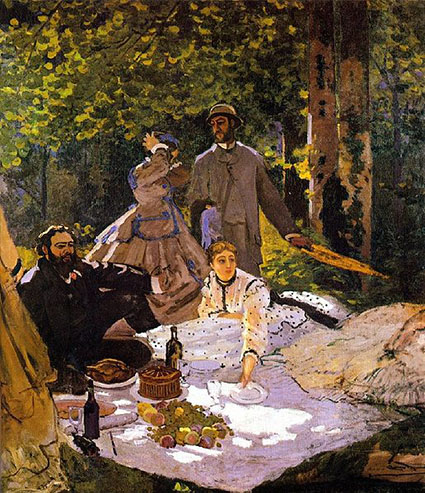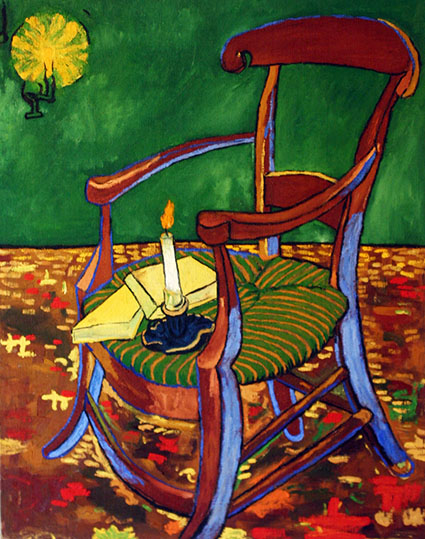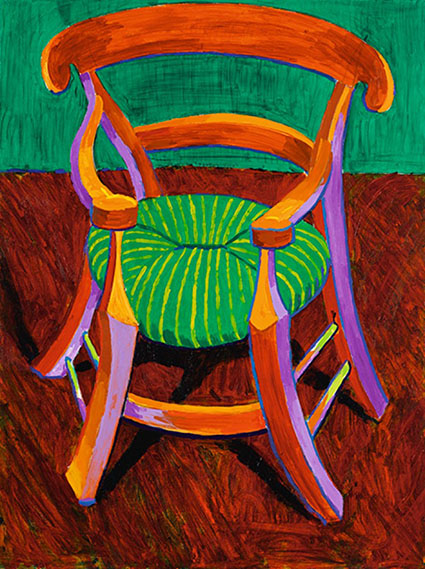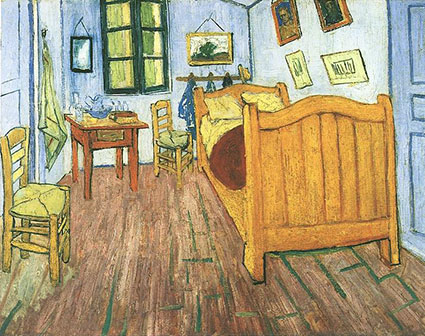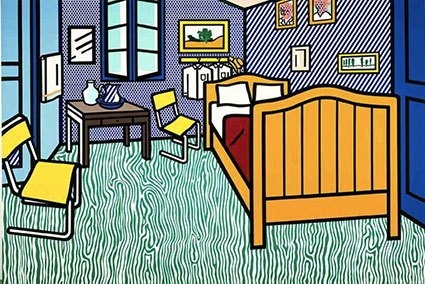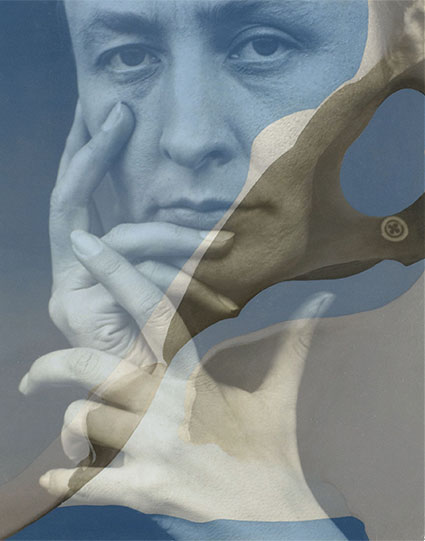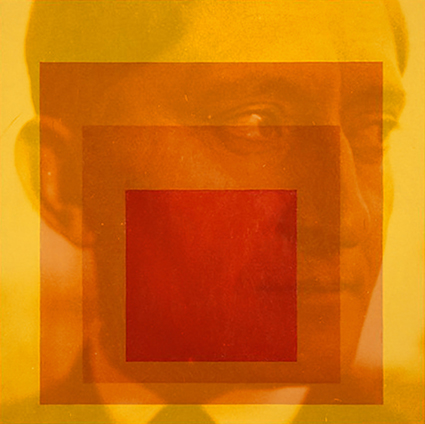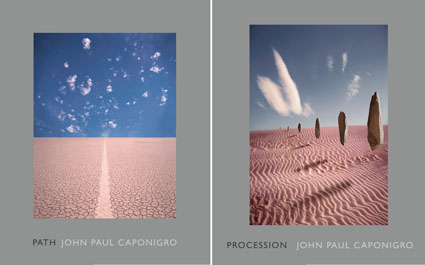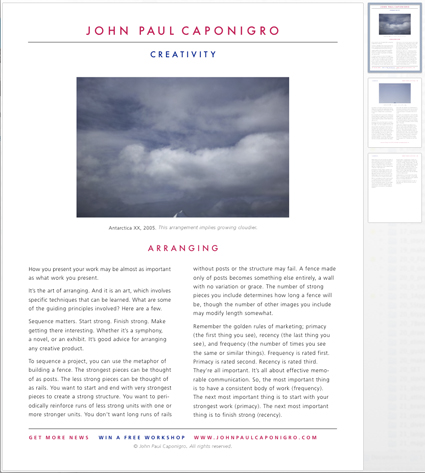
You’re kidding yourself if you don’t think you have fears. Fear is useful. In certain situations, fear keeps us performing at our peak – it keeps us alive. But, if we let it go too far and panic, fear can kill us, literally or figuratively. This is just as true in our creative lives as it is in our daily lives. In their classic book Art & Fear Ted Orland and David Bayles address fear as a primary force to overcome in the creative process. In her new book Big Magic Elizabeth Gilbert starts a list of fears – and then cuts it short. She started a creative exercise we would all benefit from engaging. Ask what fears have us in their grip, identify them, consider them, and start holding them (or not) instead.
Get started with this list of fears.
Does some of what’s on my list sound familiar to you? How can the voice inside your head be so similar to the voice inside my head? Is it really our voice? Is that voice of fear just the mind doing what it does? Is that voice of fear just the mind doing what it has been trained to do? What are the fears we all share? What are your personal fears? Which fears are strongest or most important for you?
This list of fears is incomplete. Modify and expand this list of fears in any way that’s helpful to you. Get it all off your chest. Curiously, after making a list, just making a list, most people feel better – freer. Newfound clarity brings more choices.
After you make your list of fears give yourself a break. Later, consider the roots of your fears. Where are they coming from? What foundations do they have? What other thoughts, feelings, and memories are they connected to? Are they changing?
If you consider the roots of your fears, you’re sure to find valuable new personal insights. Don’t judge yourself for what you find. Is judgment useful? Only insight is, if it leads to action. If you do this, you may be better able to choose to change the way you think, feel, and/or act in valuable and significant ways. That’s useful!
Self Worth & Character
You’re afraid you’re not enough.
(Insert a word in this sentence, before “enough.” – good, deep, smart, emotional, significant, important, connected, talented, skilled, trained, educated, political, relevant, funded, supported, hurt, angry, wild, energetic, controlled, disciplined, persistent. serious …)
You’re afraid you’re too …
(Insert a word at the end of this sentence. – intellectual, emotional, insignificant, unimportant, unconnected, trained, educated, political, well-funded, supported, hurt, angry, wild, energetic, controlling, undisciplined, serious, light-hearted … )
You’re afraid that your life hasn’t been painful enough.
You’re afraid that your life has been too hard.
You’re afraid that your life has been too easy.
You’re afraid you’ll have to confront your inner demons.
You’re afraid you don’t have any inner demons.
You’re afraid you may encounter the divine within you.
You’re afraid you won’t encounter the divine within you.
Criticism
You’re afraid you’ll be criticized.
(Replace criticized with any other synonym – ridiculed, mocked, mimicked, embarrassed.)
You’re afraid you’ll lose the approval you’ve already won.
You’re afraid you’ll be called unskilled.
You’re afraid you’ll be called ignorant.
You’re afraid you’ll be called uninspired.
You’re afraid you’ll be called selfish.
You’re afraid other people’s pressures will take the fun out of it for you.
You’re afraid you should feel guilty for having so much fun.
You’re afraid other people will judge you for having so much fun.
You’re afraid that you having so much fun will be take as criticism of others for not having fun.
Significance
You’re afraid what you do won’t matter to anyone.
You’re afraid what you do won’t matter to you.
You’re afraid no one will preserve what you do when you’re gone.
Comparision
You’re afraid that what you do will be compared to something someone else has done.
You’re afraid that what you do won’t be compared to something someone else has done.
You’re afraid that when compared with someone else’s creation your creation will seem less … (Fill in the blank.)
You’re afraid that when compared with your creation someone else’s creation will seem less … (Fill in the blank.)
You’re afraid that when compared with someone else’s creation your creation will seem insignificant.
You’re afraid that when compared with your creation someone else’s creation will seem insignificant.
Money
You’re afraid what you produce won’t sell.
You’re afraid there will be no long-term market for what you produce.
You’re afraid the reward you receive won’t be worth the financial investment you make.
You’re afraid the investment you may now will take away from your family’s future financial success.
You’re afraid you don’t have enough space.
You’re afraid you don’t have the right space.
You’re afraid you don’t have the right tools.
You’re afraid you don’t have enough tools.
Skill
You’re afraid you’re not skilled enough.
You’re afraid skill alone is not enough.
Knowledge
You’re afraid you don’t know enough.
You’re afraid you’ll never know enough.
You’re afraid of what you don’t know.
You’re afraid you don’t know what you don’t know.
You’re afraid you don’t know what really right is.
You’re afraid your right isn’t someone else’s.
You’re afraid your right is someone else’s wrong.
You’re afraid somebody else already did it. (Maybe better.)
You’re afraid somebody will steal you ideas.
Time
You’re afraid you’re too young.
You’re afraid you’re not experienced enough.
You’re afraid you’re too old.
You’re afraid it’s not the right time.
You’re afraid if you do it now, it won’t turn out as good as it could.
You’re afraid that you should have done it long ago and now it won’t turn out as well.
You’re afraid it’s too late to do it really right.
You’re afraid you don’t have enough time.
You’re afraid you don’t know how to use the time you have.
You’re afraid the time you invest will be wasted.
You’re afraid the time you invest won’t be pleasurable.
You’re afraid you’ll give up before it’s over.
You’re afraid you’ll give up before you get started.
You’re afraid you’ll give up after it’s over.
Success
You’re afraid you won’t succeed.
You’re afraid that once you succeed, you’ll never have another success.
You’re afraid your success will make someone else look less.
You’re afraid your success will make someone else’s success look less.
You’re afraid it will bring out the worst in you.
You’re afraid that the worst in you will be the thing most focused on.
You’re afraid the best in you will bring out the worst in others.
You’re afraid success will go to your head.
You’re afraid success will go to other people’s heads.
You’re afraid your new successes will undo your past successes.
You’re afraid your old successes will prevent your new successes.
Sacrifice
You’re afraid you’ll have to give up something.
You’re afraid you’ll have to give someone up.
You’re afraid you’ll have to give up a part of yourself.
You’re afraid what you get won’t equal what you give up.
You’re afraid that the process will change you. (And you don’t know what that change will be.)
Conclusion
And this list continues to grow! Clearly, there’s no end to fear – unless you put a stop to it.
When you say things to yourself, ask yourself, “Would say the same things to anyone else?” If not, why would you say them to yourself? Ask yourself one more very important question. Is it useful to say these things? If so, how and how much and how often? When it’s not useful, stop doing it.
Acknowledging our fears can be quite useful. Pace yourself. You may find it useful to do this in several smaller sessions rather than all at once. Past a certain point, dwelling on fear can become counterproductive. It can keep us from living the lives we want to live. It can be a form of procrastination. Taken too far, catharsis can quickly become reinforcement. Taken to an extreme it can become a matter of fear feeding fear. Don’t feed fear. Look at fear clearly. Learn what you can from fear. And then move forward. Take the steps you need to take to live the life you want. Make the move you need to make to be the person you want to be.
While you can make some pretty good guesses and make some pretty good plans for things to do to ensure things go the way you want them to go and contingency plans for getting things back on track if things don’t go the way you want them to go … The truth is you don’t know what will happen. The truth is you won’t know until you do it.
Creativity is a process of discovery. It’s worth the risk. Dream. Dare. Jump.
Find more ways to boost your creativity using words.
Learn more creative techniques in my workshops.

